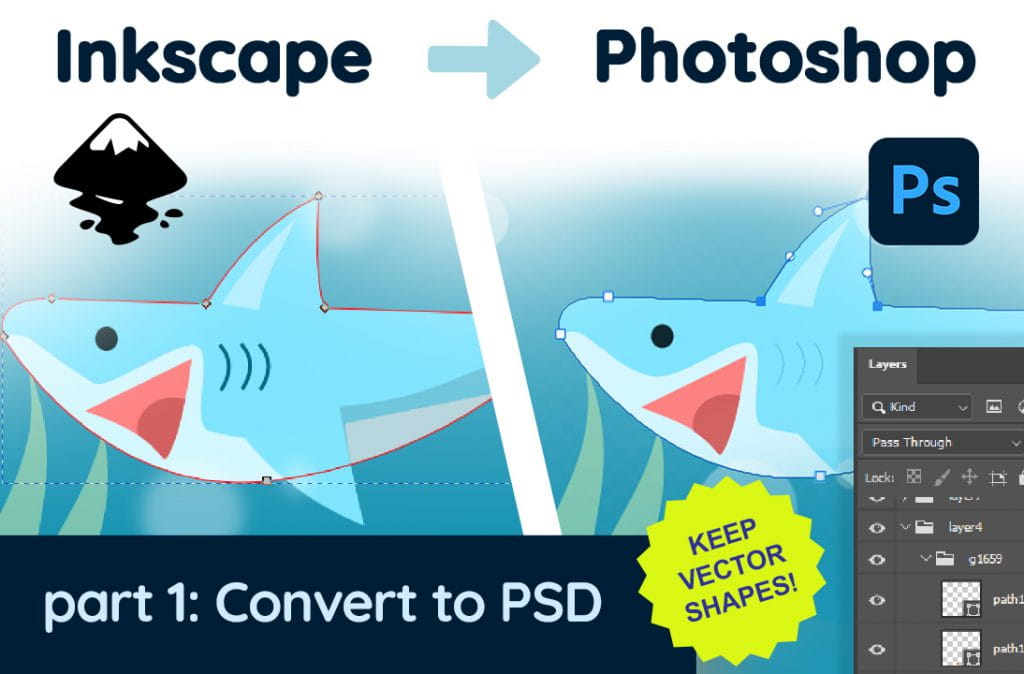

Likewise, PDF and SVG files can be imported into Inkscape using CTRL+I. Alternatively, double-clicking into an object will move your scope down into the group. When a figure is opened in Inkscape, its components are grouped, often two levels deep for whatever reason. 99% of the time I can get away with setting only the dimensions and font size before exporting, then doing the rest in Inkscape. With a Matlab figure go to File > Export Setup. Resizing things can be tedious sometimes, so it's good practice to programmatically export figures already sized at least close to your desired final dimensions. That said, sometimes Matlab -> PDF -> Inkscape -> SVG just seems to work better, and is something to try if the SVG is misbehaving. points on a scatter plot) are not colored or grouped well in a PDF. Specifically, my experience is that text will not always import nicely as an SVG, but objects (e.g. In theory, exporting figures to SVG should be preferred, but in practice, I find there are sometimes issues. All subsequent advice will assume Matlab since that's what I use. Matlab and Python (specifically matplotlib) can export in PDF or SVG formats.

Even on Mac, keyboard shortcuts in X11 use the CONTROL key instead of COMMAND, but should otherwise be familiar – CTRL+C, CTRL+V for copy-paste, CTRL+S for save, etc. Quitting Inkscape will leave X11 on in the background, but quitting X11 will kill Inkscape's host environment and destroy unsaved changes.

If on Linux or OSX, launching Inkscape will launch X11 or XQuartz in the background, which is just a non-native "windowing" application. Photoshop is to Gimp as is Illustrator to Inkscape. Editing raw images like this can be done with Photoshop or Gimp. Image formats like PNG, JPEG, GIF, TIFF, and others are just that – plain old grid-of-pixel images. When importing one of these other file formats, it's good practice to convert to an SVG.

Other "vector graphics" file formats include PDF, EPS, and AI (Adobe Illustrator). Inkscape's native file format is the SVG, which stands for Scalable Vector Graphics. This tutorial is meant to be a "quick start" guide for using Matlab or Python with Inkscape to make good quality scientific figures. There are good online resources for questions on specific tools and visual effects. In a sentence, this means that at its core, Inkscape is about manipulating objects, vectors, text, and curves, rather than pixels. It is incredibly useful for figure design and layout. Inkscape is a free vector graphics editor.


 0 kommentar(er)
0 kommentar(er)
